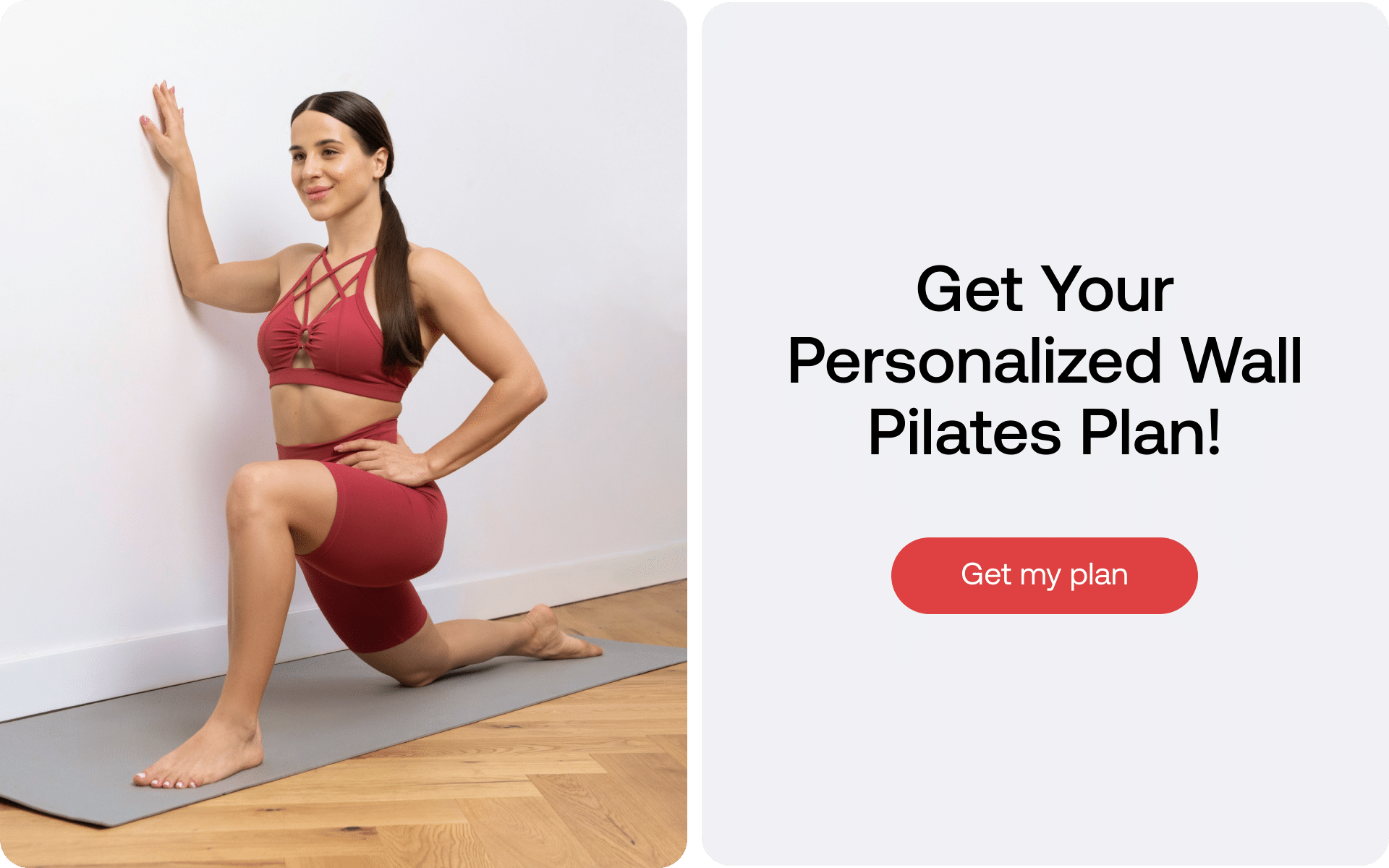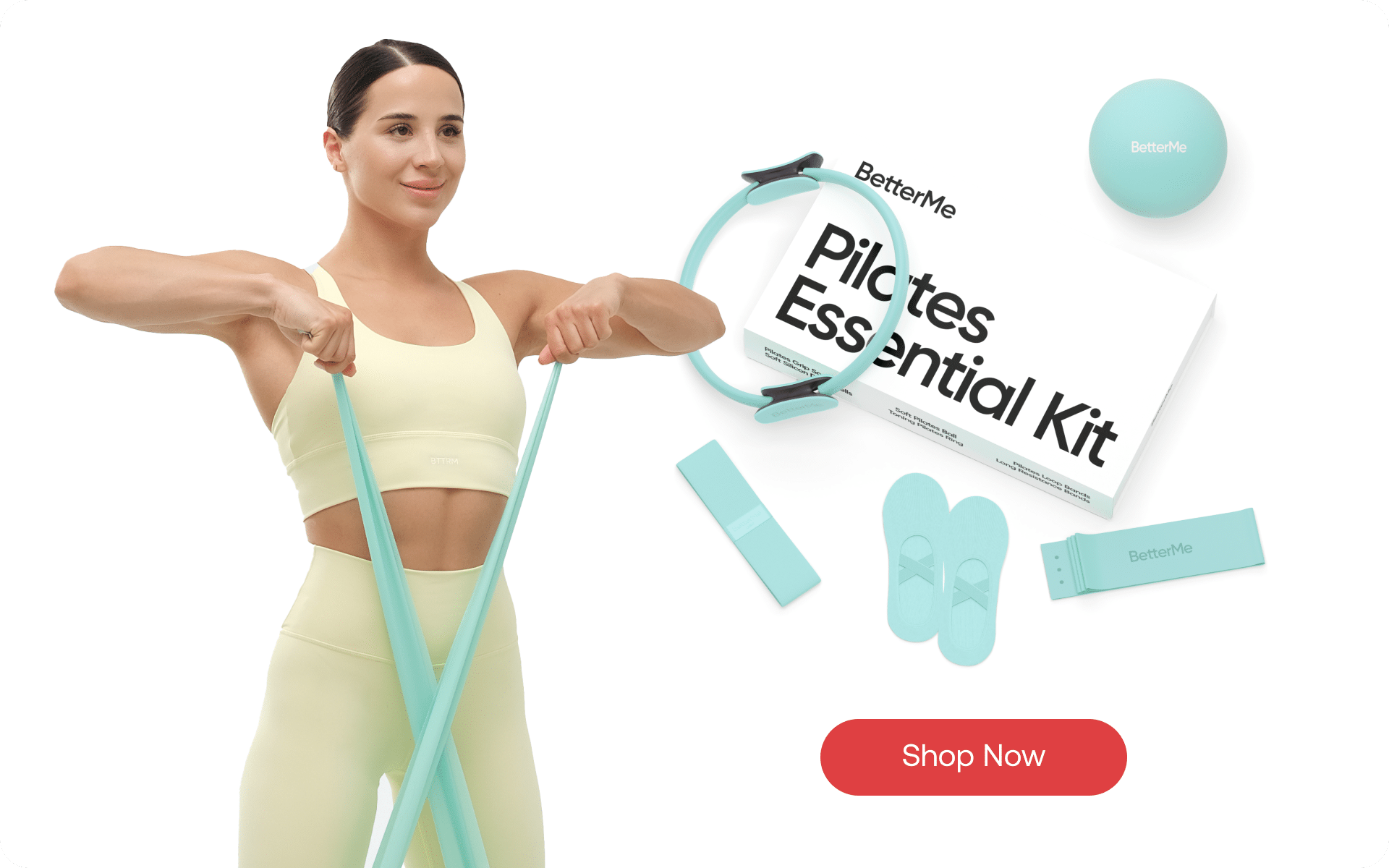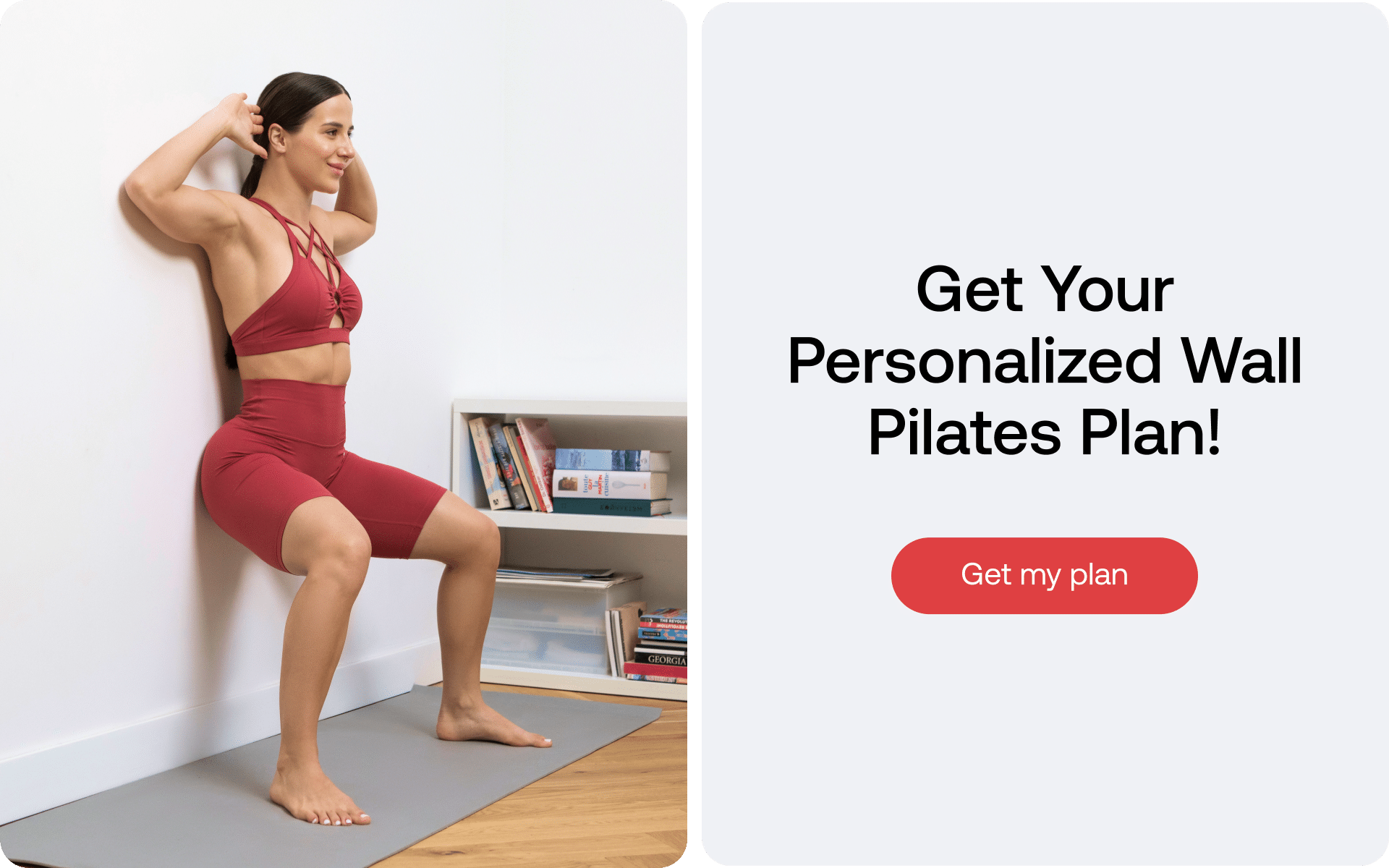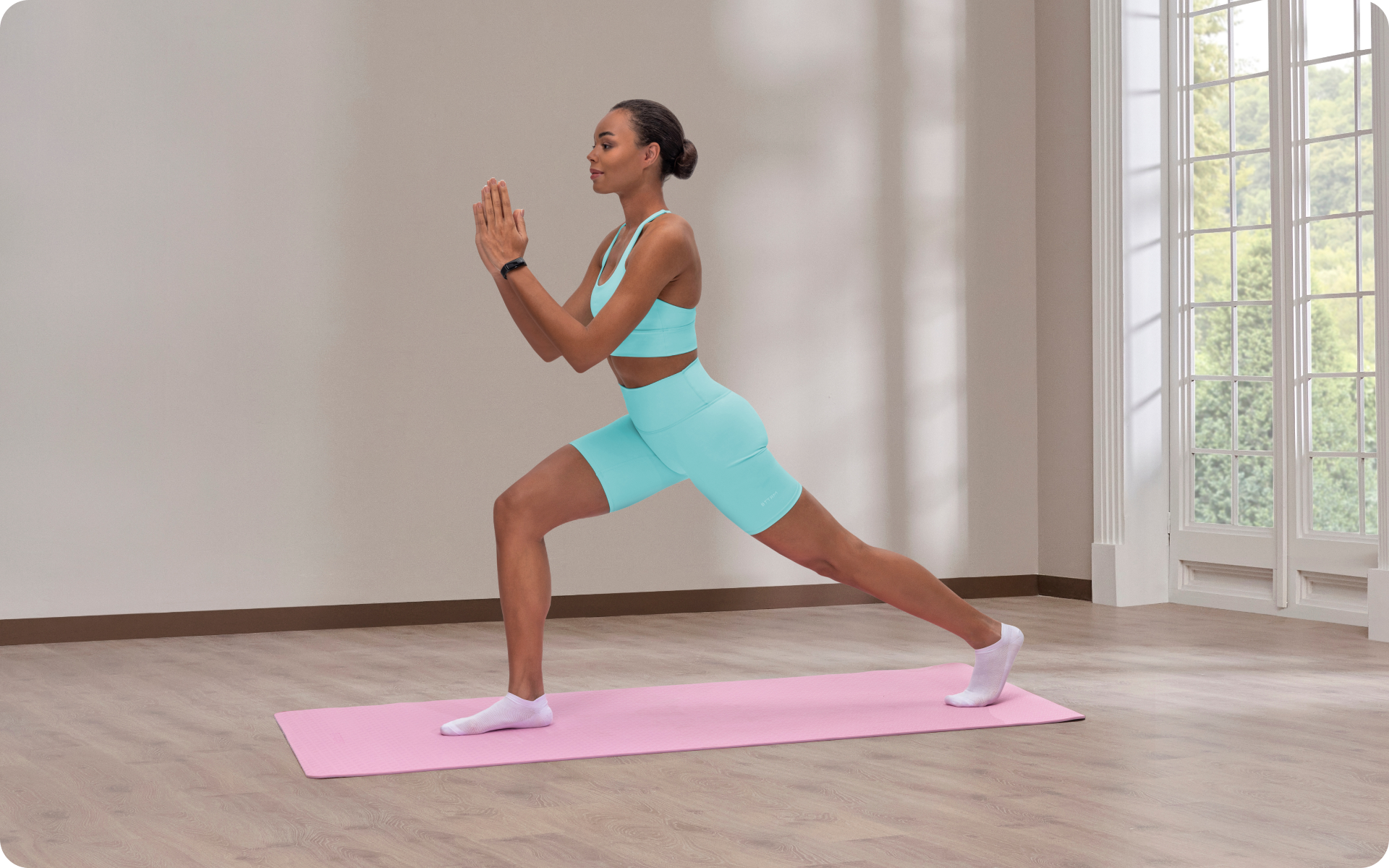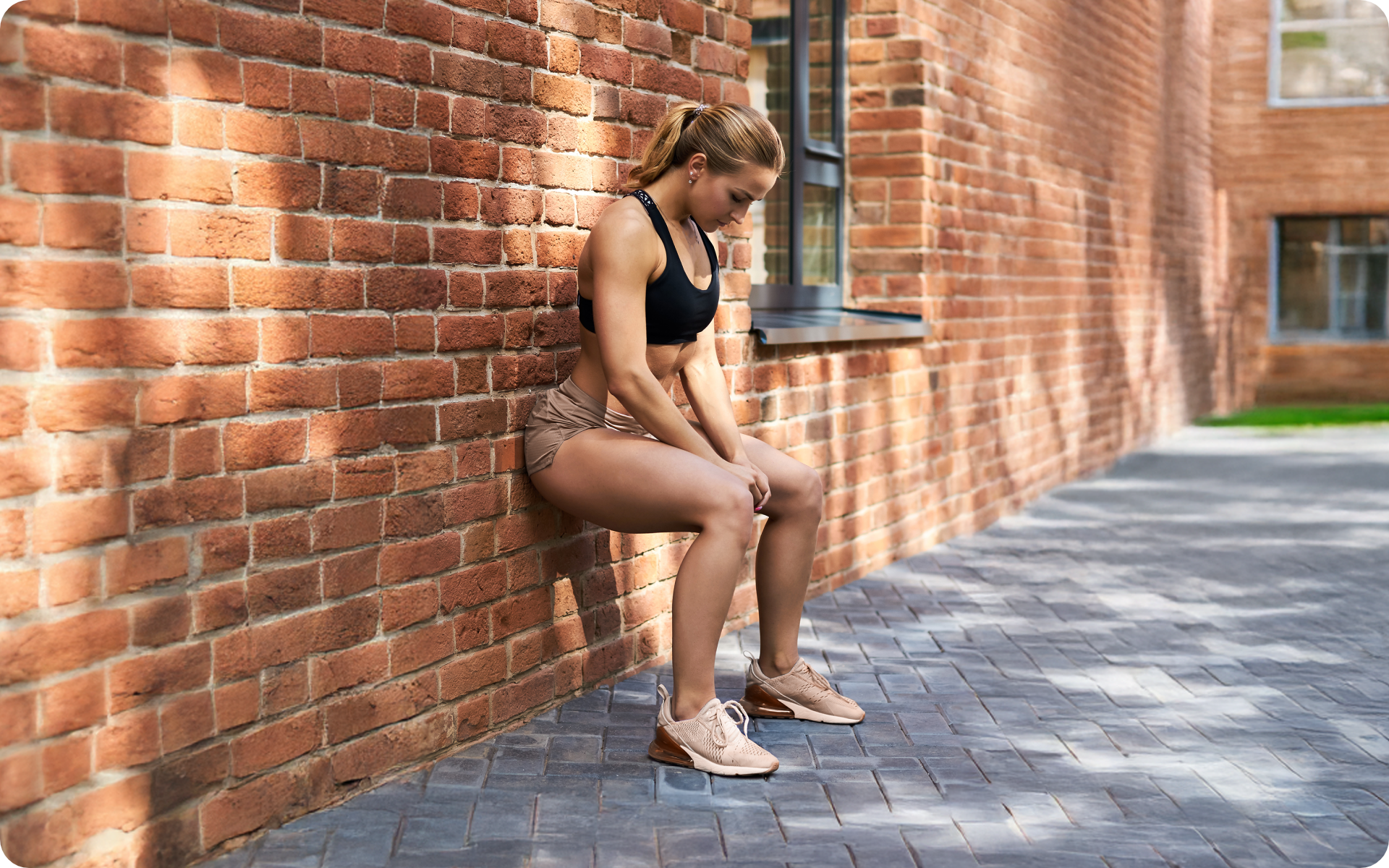Discover the benefits and variations of the wall press exercise, a versatile and low-impact workout that targets multiple muscle groups, including the chest, core, and shoulders.
This bodyweight exercise is perfect for beginners and those seeking modified push-ups to build strength without the strain of regular push-ups. Dive into this article to explore the muscles worked, detailed steps for executing the exercise, and various adaptations to challenge your fitness level and achieve your goals.
Upper body strength is a coveted goal for many fitness enthusiasts, not only for its aesthetic appeal but also for the functional benefits it brings to everyday life. Developing a strong, toned upper body can help improve your posture, increase your overall strength, and even boost your confidence.
With the growing popularity of home workouts, incorporating exercises that utilize minimal equipment without sacrificing effectiveness is crucial. That’s where wall exercises come in, offering a convenient and efficient way to target those upper body muscles.
In this article, we’ll provide you with a comprehensive guide to the wall press exercise, a simple yet powerful upper body movement that’s perfect for anyone looking to get ripped and ready for summer. We’ll discuss how to properly perform the exercise, its benefits, and provide you with a few variations to help you mix things up.
Read More: What Do Wall Sits Do? A Comprehensive Guide To These Isometric Exercises
What Is Wall Press Exercise?
The wall press exercise, also known as the wall push-up, is a compound bodyweight movement that primarily targets the chest, shoulders, and triceps. This exercise is a fantastic alternative to traditional push-ups, especially for beginners or those looking for a low-impact option.
The wall press is an isotonic exercise, meaning it involves muscle contractions through a range of motion, which helps promote muscle growth and strength development.
The wall press exercise is a compound movement, meaning it engages multiple muscle groups simultaneously. This makes it an efficient workout option for building upper body strength and improving overall fitness (4).
Additionally, the wall press can be easily modified to accommodate different fitness levels, making it a versatile choice for any home workout routine.
How To Perform Wall Press
To perform the wall press exercise correctly, follow these step-by-step instructions:
1. Position
Stand facing a wall with your feet shoulder-width apart, approximately two feet away from the wall.
2. Hand Placement
Place your hands flat against the wall at chest level, slightly wider than shoulder-width apart. Your fingers should be pointing upwards, and your wrists should be aligned with your shoulders.
3. Engage Your Core
Before starting the movement, engage your core muscles and maintain a straight, neutral spine throughout the exercise. This will help protect your lower back and ensure proper form.
4. Lower Your Body
Slowly bend your elbows and lower your chest towards the wall, keeping your elbows at a 45-degree angle from your body. Allow your body to move forward while keeping your feet planted firmly on the ground. Keep your head in a neutral position, looking slightly down and ahead.
5. Pause
Once your chest is close to the wall, pause briefly to maintain control and tension in your muscles.
6. Push Back
Push yourself back to the starting position by extending your arms and using your chest, shoulders, and triceps to generate force. Make sure to maintain a controlled movement throughout the exercise.
7. Repetitions
Aim for 3 sets of 10-15 repetitions, or as many as you can do with proper form. You can adjust the intensity by moving your feet closer to or further away from the wall, or by increasing the number of repetitions per set. Conversely, if you are a beginner, you can start with lower repetitions to suit your level.
Remember to breathe during the exercise – inhale and brace your core before you lower your body towards the wall, and exhale as you push yourself back to the starting position.
If you wish to free yourself from all the extra pounds that have been weighting you down for way too long, start using the BetterMe app and overhaul your entire life!
Which Muscles Does Wall Shoulder Press Work?
The wall shoulder press, also known as the wall handstand push-up, is a challenging upper body exercise that primarily targets the shoulders, with secondary emphasis on the triceps, chest, and upper back muscles. Here’s a detailed analysis of the muscles involved during the wall shoulder press and the role they play in the movement:
Deltoids (Shoulders)
The deltoids are the primary movers in the wall shoulder press. They consist of three heads – anterior (front), lateral (middle), and posterior (rear).
During the pressing motion, the anterior and lateral heads are mainly responsible for lifting the body upwards by extending the shoulder joint, while the posterior head assists in stabilizing the shoulder.
Triceps Brachii
The triceps are the secondary movers in this exercise. They are responsible for extending the elbow joint, assisting the deltoids in pushing the body up during the concentric phase (upward motion) of the wall shoulder press.
Pectoralis Major (Chest)
While not the main focus of the wall shoulder press, the pectoral muscles, particularly the upper fibers (clavicular head), are engaged to assist in the pressing motion by contributing to shoulder flexion and transverse flexion.
Trapezius And Rhomboids (Upper Back)
These muscles play a crucial role in stabilizing the scapula (shoulder blade) throughout the movement. The upper trapezius fibers help maintain the scapula’s upward rotation, while the middle and lower trapezius fibers, along with the rhomboids, contribute to scapular retraction and stabilization.
Serratus Anterior
This muscle is located on the side of your rib cage and plays a vital role in stabilizing the scapula during the wall shoulder press. It promotes the proper and efficient movement of the shoulder blade and assists in upward rotation when pressing upwards.
Core Muscles
The rectus abdominis, obliques, and erector spinae (lower back muscles) work together to stabilize the spine and maintain a rigid torso during the wall shoulder press, ensuring proper form and preventing injury.
Read More: Maximize Your Home Workout: 5 Plank Wall Exercises For A Powerful Core
What Are Some Variations Of Wall Press Exercise?
1. Wall Press Exercise For Gluteus Medius (Single-Leg Wall Press)
This variation targets the gluteus medius and other hip stabilizer muscles while performing the wall press.
- Stand facing the wall, with your feet shoulder-width apart and hands placed flat against the wall at chest level.
- Lift one leg off the ground, either straight or bent at the knee.
- Perform the wall press by bending your elbows and lowering your chest towards the wall while maintaining balance on one leg.
- Push back to the starting position and complete the desired reps before switching to the other leg.
2. Press Back To Wall Exercise
This isometric exercise focuses on engaging the core and lower back muscles.
- Stand with your back against the wall.
- Press your lower back into the wall by engaging your abdominal muscles.
- Hold this position for 20-30 seconds or as long as you can maintain proper form.
3. Decline Wall Press Exercise For Shoulders
This variation places more emphasis on the shoulders and upper chest by changing the angle of the press.
- Stand facing the wall with your feet on an elevated surface like a step or bench.
- Place your hands on the wall slightly wider than shoulder-width apart at chest level.
- Perform the wall press by bending your elbows and lowering your chest towards the wall.
- Push back to the starting position and repeat for the desired number of reps.
4. Knee To Wall Press Exercise
This mobility-focused exercise targets the calf muscles and ankle joint.
- Stand facing the wall with one foot close to the wall and the other foot behind.
- Keep the front knee touching the wall while maintaining a flat heel on the ground.
- Hold this position for 20-30 seconds, then switch to the other leg.
6 Benefits Of Wall Press Exercise
The wall press exercise offers numerous benefits for individuals of all fitness levels, making it an excellent addition to any workout routine. Here are some key benefits of incorporating the wall press exercise into your fitness regimen:
1. Upper Body Strength
The wall press primarily targets the chest, shoulders, and triceps, helping to build and tone these muscle groups. Regularly performing this exercise can lead to increased upper body strength and improved functional abilities in daily life (2).
2. Core Engagement
While performing the wall press, your core muscles must work to stabilize your body and maintain proper form. This can contribute to an increase in overall core strength, trunk stability, and lower back stabilizer muscles. Moreover, these factors can help support optimal posture as well as contribute to injury prevention (3).
Yanking yourself back in shape has never been so easy with our game-changing fitness app! Start transforming your life with BetterMe!
3. Low-Impact Exercise
The wall press is a low-impact exercise, making it suitable for individuals with joint issues or those who are new to exercise. It places less stress on the wrists, elbows, and shoulders compared to traditional push-ups, reducing the risk of injury while still providing an effective workout (1).
4. Adaptability
The wall press exercise can be easily modified to accommodate various fitness levels and individual needs. Adjusting the distance between your feet and the wall, or incorporating different variations, allows you to tailor the exercise to your specific goals and progress over time.
5. No Equipment Required
The wall press is a bodyweight exercise that requires no additional equipment, making it convenient and accessible for anyone. It’s an ideal option for home workouts or when you’re short on time and need a quick, effective upper body workout.
6. Improved Balance And Coordination
Performing the wall press, especially single-leg variations, challenges your balance and coordination as you learn to stabilize your body throughout the movement. Over time, this can lead to improved overall body awareness and control.
The Bottom Line
Incorporating the wall press exercise into your workout routine can help you build upper body strength, strengthen your core, and improve balance and coordination. With its adaptability and convenience, the wall press is an excellent option for individuals of all fitness levels looking to enhance their physical fitness.
DISCLAIMER:
This article is intended for general informational purposes only and does not serve to address individual circumstances. It is not a substitute for professional advice or help and should not be relied on for making any kind of decision-making. Any action taken as a direct or indirect result of the information in this article is entirely at your own risk and is your sole responsibility.
BetterMe, its content staff, and its medical advisors accept no responsibility for inaccuracies, errors, misstatements, inconsistencies, or omissions and specifically disclaim any liability, loss or risk, personal, professional or otherwise, which may be incurred as a consequence, directly or indirectly, of the use and/or application of any content.
You should always seek the advice of your physician or other qualified health provider with any questions you may have regarding a medical condition or your specific situation. Never disregard professional medical advice or delay seeking it because of BetterMe content. If you suspect or think you may have a medical emergency, call your doctor.
SOURCES:
- Effect of Low-intensity Exercise on Physical and Cognitive Health in Older Adults: a Systematic Review (2015, nih.gov)
- Exercise and Quality of Life: Strengthening the Connections (2010, nih.gov)
- The real-world benefits of strengthening your core (2012, harvard.edu)
- WHAT ARE COMPOUND EXERCISES? (2023, fitnesseducation.edu.au)

